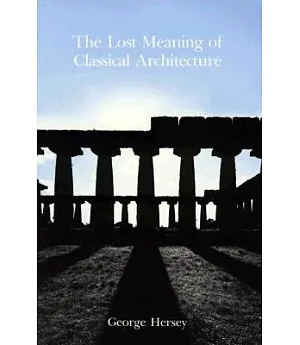Why do architects still use the classical orders? Why use forms derived from ancient Greek temples when ancient Greek religion has been dead for centuries and when the way of life they
expressed is extinct? And why decorate a contemporary courthouse with the bones, eggs, darts, claws, and garlands that an ancient Greek would recognize as the trappings of animal
sacrifice?
With these provocative questions George Hersey begins his recovery of the meaning of classical architecture. For the last four centuries, he shows, philology and formalism have drained
architecture of its poetry. By analyzing this poetry - the tropes founded on the Greek terms for ornamental detail - he reconstructs a classical theory about the origin and meaning of the
orders, one that links them to ancient sacrificial ritual and myth.
In doing so, Hersey reinterprets key tales and taboos that were part of the cultural memory of the ancient Greeks. His touchstone is Vitruvius, author of the only surviving classical treatise
on architecture, whose stories about Dorus, Ion, and the Corinthian maiden, and about the Caryaean women and Persian soldiers, describe the orders as records or remembrances of sacrifice.
Hersey finds revivals of this consciousness in the Italian Renaissance and throws new light on the works of the architectural theorists Francesco di Giorgio and Ceasare Cesariano, and also on
Raphael's Disputa, Michelangelo's tomb of Julius 11 and Medici Chapel, and Hugues Sambin's handbook on termini.
George Hersey is Professor of Art History at Yale University and the author of many books, including Architecture, Poetry, and Number in the Royal Palace at Caserta (MIT Press 1983).
-

Autant De Modeles De Bon Gout: Jean-francois De Neufforge Et L’architecture Du Xviie Siecle
$5,445 -
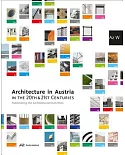
Architecture in Austria in the 20th & 21st Centuries
$3,375 -
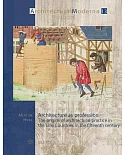
Architecture As Profession: The Origins of Architectural Practice in the Low Countries in the Fifteenth Century
$5,040 -

Heidegger’s Hut
$698 -

Italomodern: Architektur in Oberitalien 1946-1976
$2,925 -

Sir Banister Fletcher’s a History of Architecture
$9,450 -
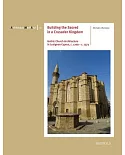
Gothic Church Architecture in Lusignan Cyprus, C. 1209-c. 1373: Design and Patronage
$5,085 -

Les Mythes Fondateurs De L’architecture
$1,048 -

Town House: Architecture and Material Life in the Early American City, 1780-1830
$1,350 -

The Living Tradition of Architecture
$2,473 -
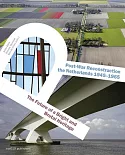
Post-War Reconstruction in the Netherlands 1945-1965: The Future of a Bright and Brutal Heritage
$1,925 -

Revolution: Interior Design from 1950
$3,058 -
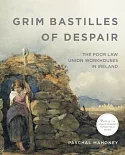
Grim Bastilles of Despair: The Poor Law Union Workhouses in Ireland
$675 -

Breve historia de la Arquitectura / Brief History of Architecture
$786 -

Mendicant Landscapes in Medieval Ireland
$5,580 -

The Idea of the Gothic Cathedral: Interdisciplinary Perspectives on the Meanings of the Medieval Edifice in the Modern Period
$5,625 -

Architectural Theory
$66,825 -
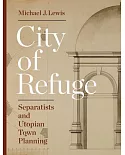
City of Refuge: Separatists and Utopian Town Planning
$2,025 -
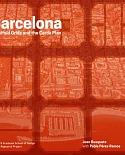
Barcelona: Manifold Grids and the Cerda Plan
$875 -

Lexington’s Lost Architecture
$1,348

